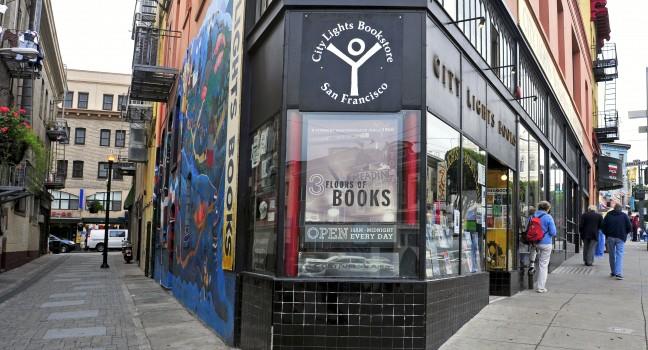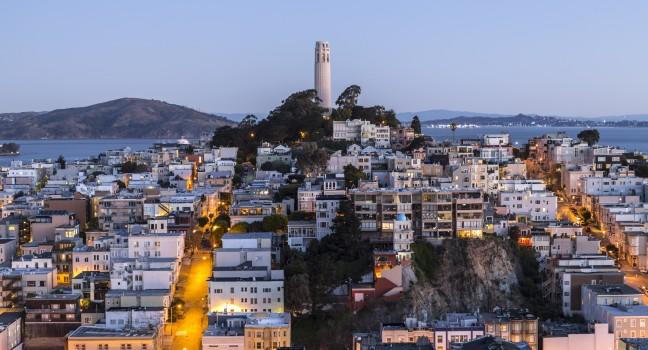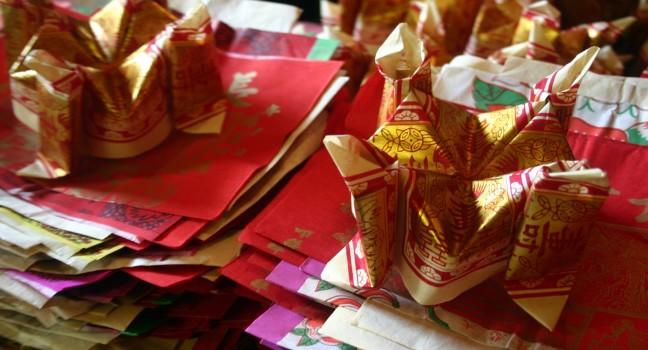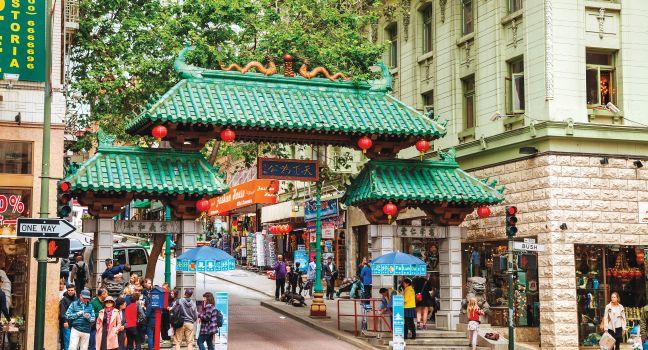City Lights Bookstore

The exterior of this famous bookstore is iconic in itself, from the replica of a revolutionary mural destroyed in Chiapas, Mexico, by military forces to the art banners hanging above the windows. Designated a landmark by the city, the hangout of Beat-era writers and independent publishers remains a vital part of San Francisco's literary scene. Browse the three levels of poetry, philosophy, politics, fiction, history, and local zines, to the beat of creaking wood floors.
Back in the day, writers like Allen Ginsberg and Jack Kerouac would read here (and even receive mail in the basement). The late poet Lawrence Ferlinghetti, who cofounded City Lights in 1953, cemented its place in history by publishing Ginsberg's Howl and Other Poems in 1956. The small volume was ignored in the mainstream—until Ferlinghetti and the bookstore manager were arrested for obscenity and corruption of youth. In the landmark First Amendment trial that followed, the judge exonerated both men. Howl went on to become a classic.
Stroll Kerouac Alley, branching off Columbus Avenue next to City Lights, to read the quotes from Ferlinghetti, Maya Angelou, Confucius, John Steinbeck, and the street's namesake embedded in the pavement.






